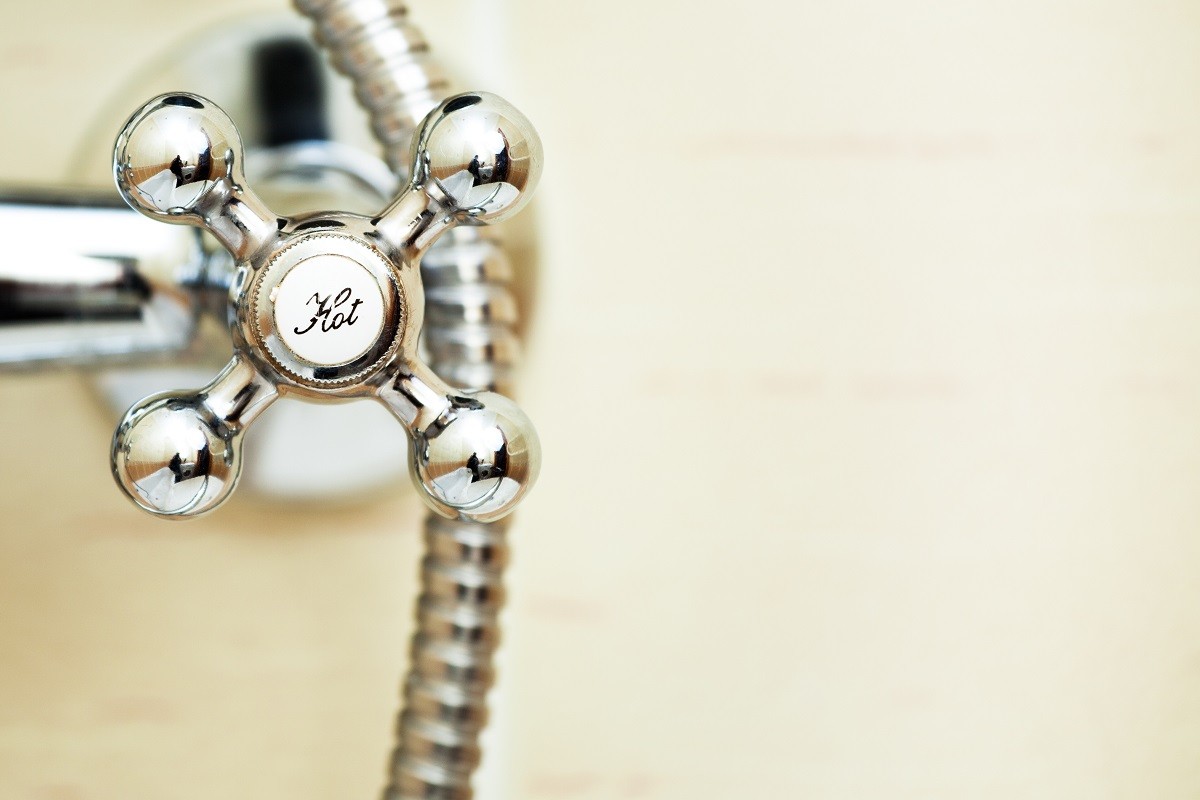
7 Super Easy Steps to Flushing Your Hot Water Heater
Buildup, sediment, and corrosion – these words should strike fear into the heart of every homeowner. These items can cause your hot water heater to

Buildup, sediment, and corrosion – these words should strike fear into the heart of every homeowner. These items can cause your hot water heater to
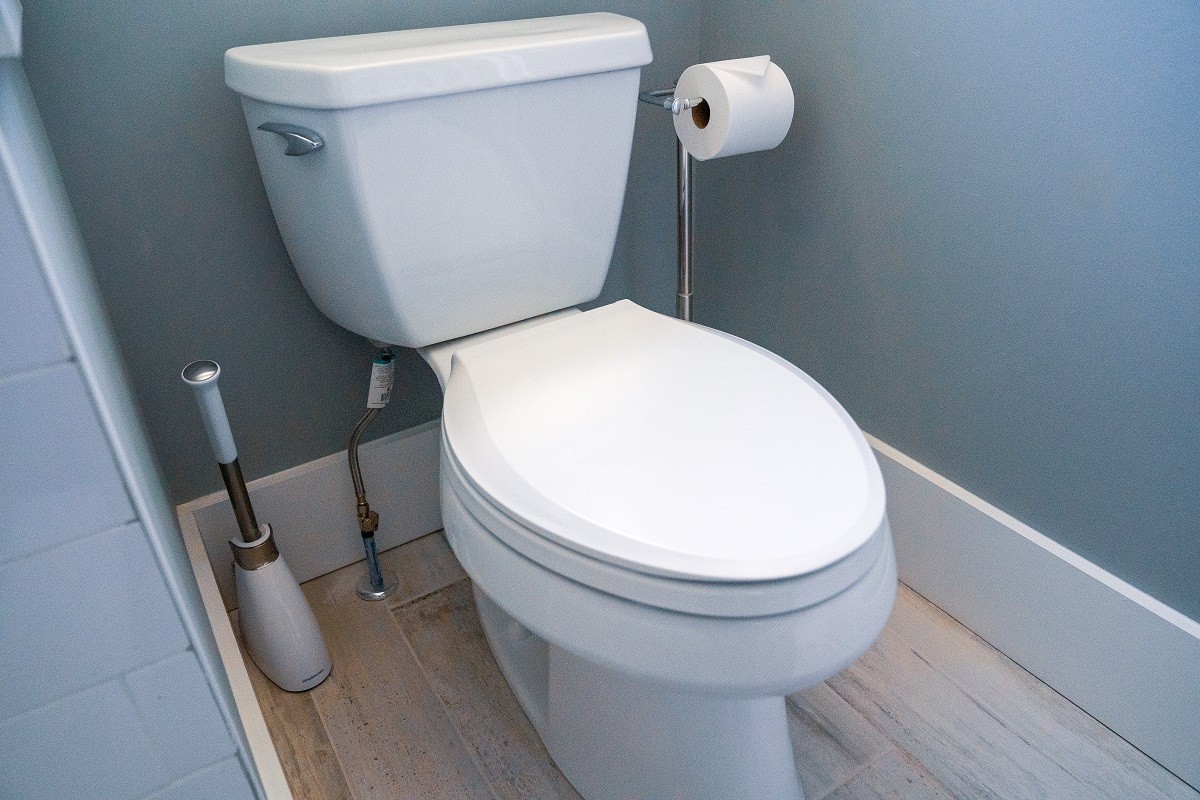
One of the most frightening noises in your bathroom is the sound of your toilet not filling properly. Depending upon your comfort level with diy
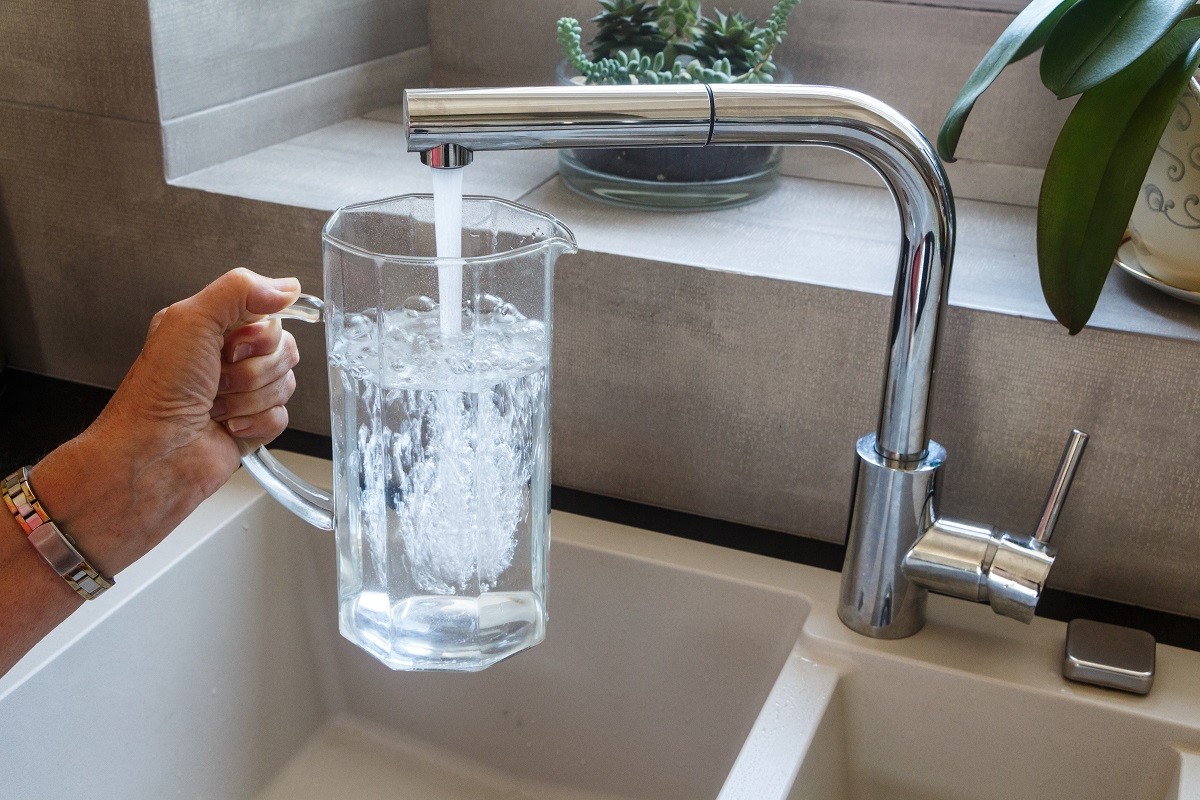
According to the U.S. Geological Survey, more than 43 million people – or 15 million homes – rely upon private household wells for drinking water, but is
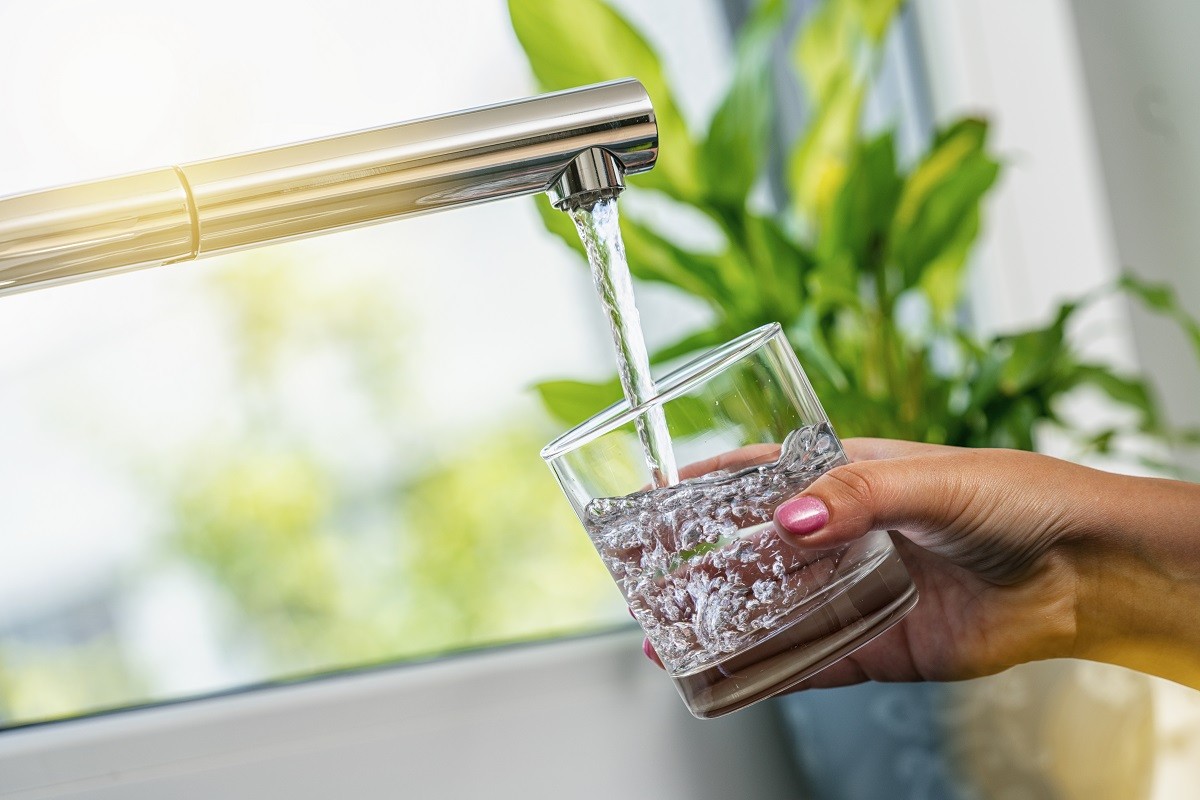
If you’ve been doom-scrolling recently, you may have heard of PFAS. The Environmental Protection Agency (EPA) has issued a warning regarding these “forever” chemicals as they pose
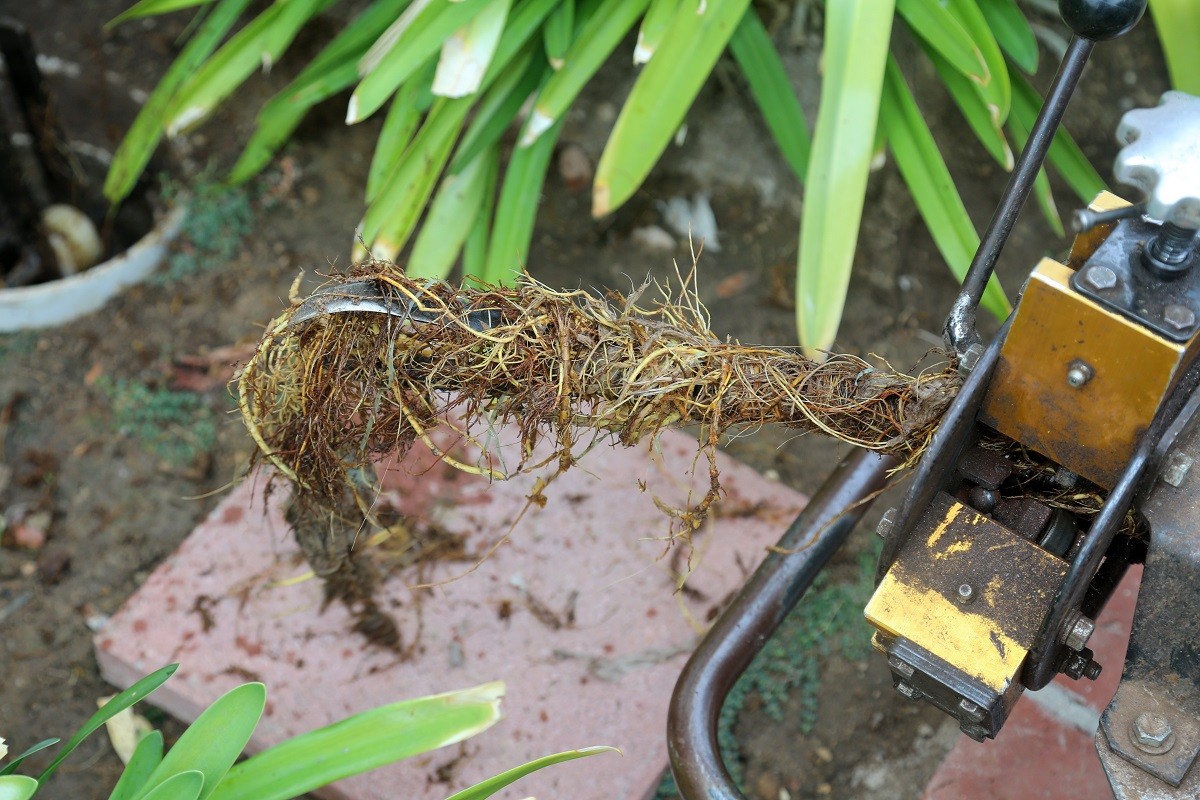
Your toilet bubbles or gurgles, but you think nothing of it. Your home wasn’t built all that long ago, so it’s probably nothing. Unfortunately, a
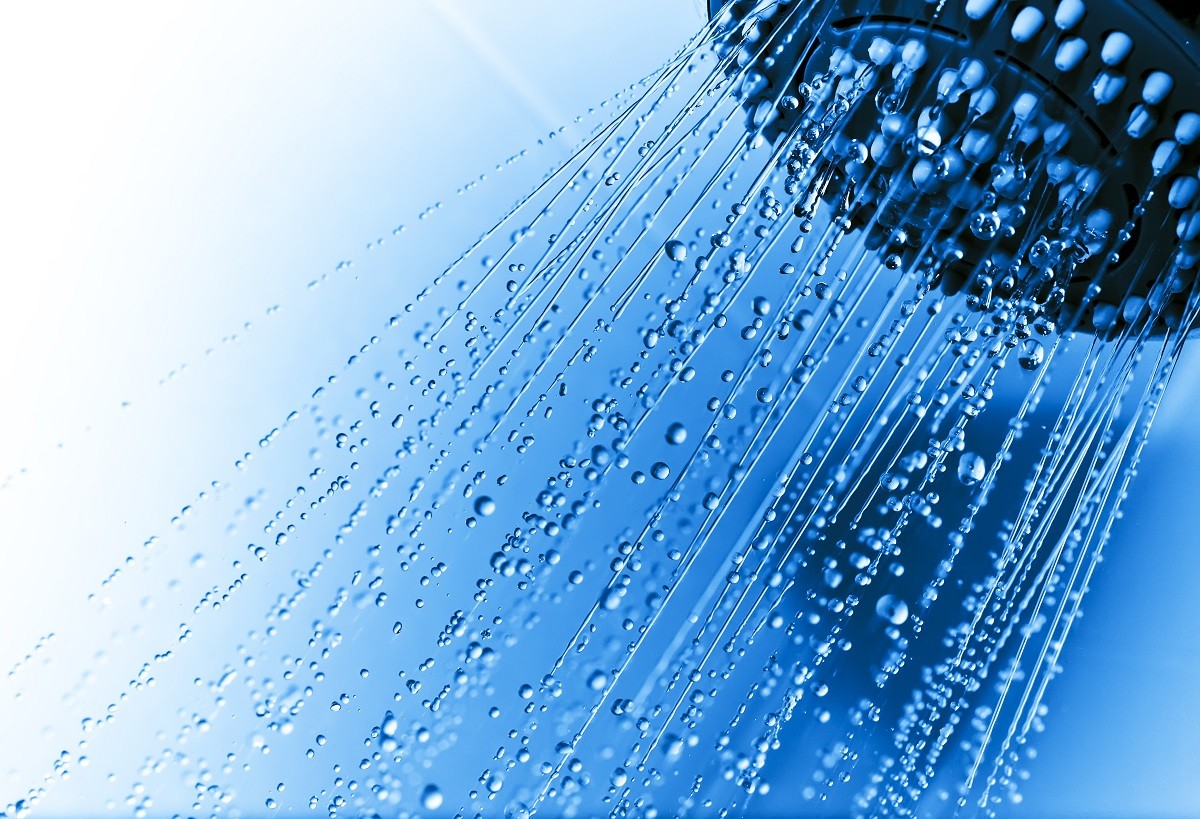
If your water quality test came back showing hard water, it’s not a reason to panic. “[Hard water] is dangerous to your pipes, your water heater and
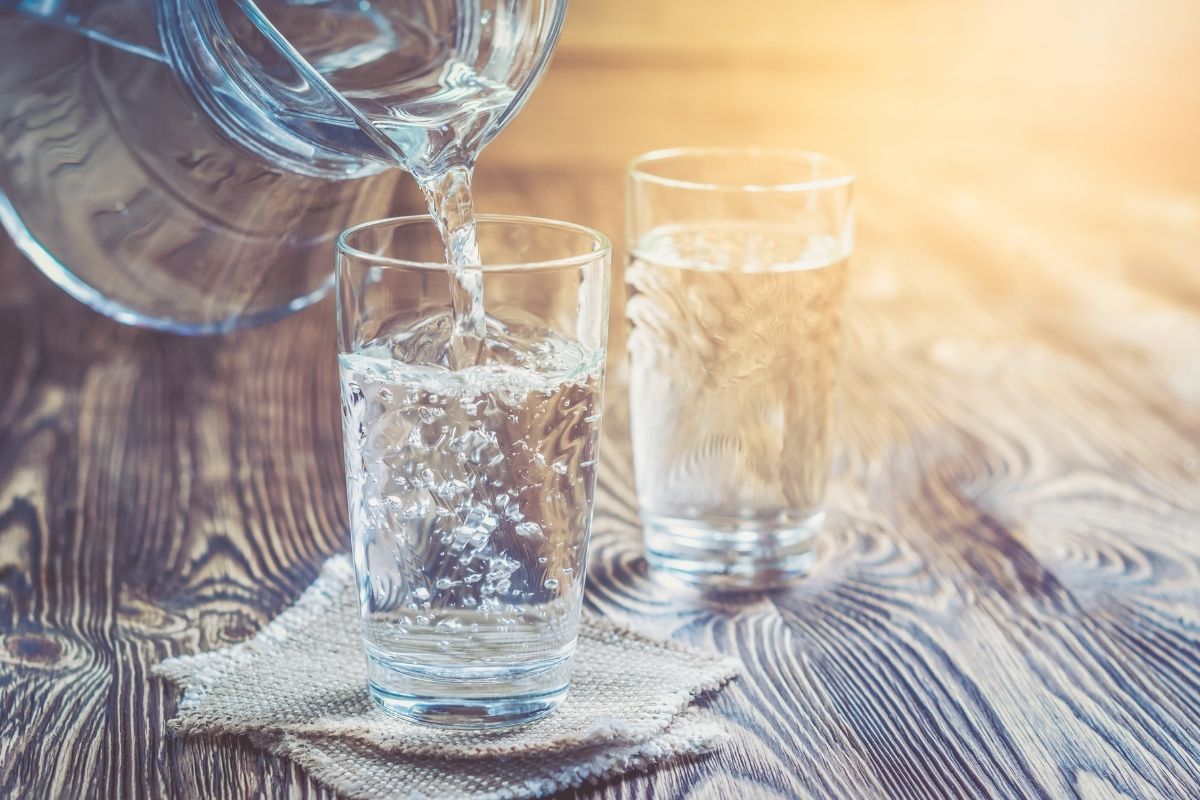
You may have heard of the water quality issues that have plagued Flint, Michigan, for years. Discolored, off-tasting, and foul-smelling water signaled a public health
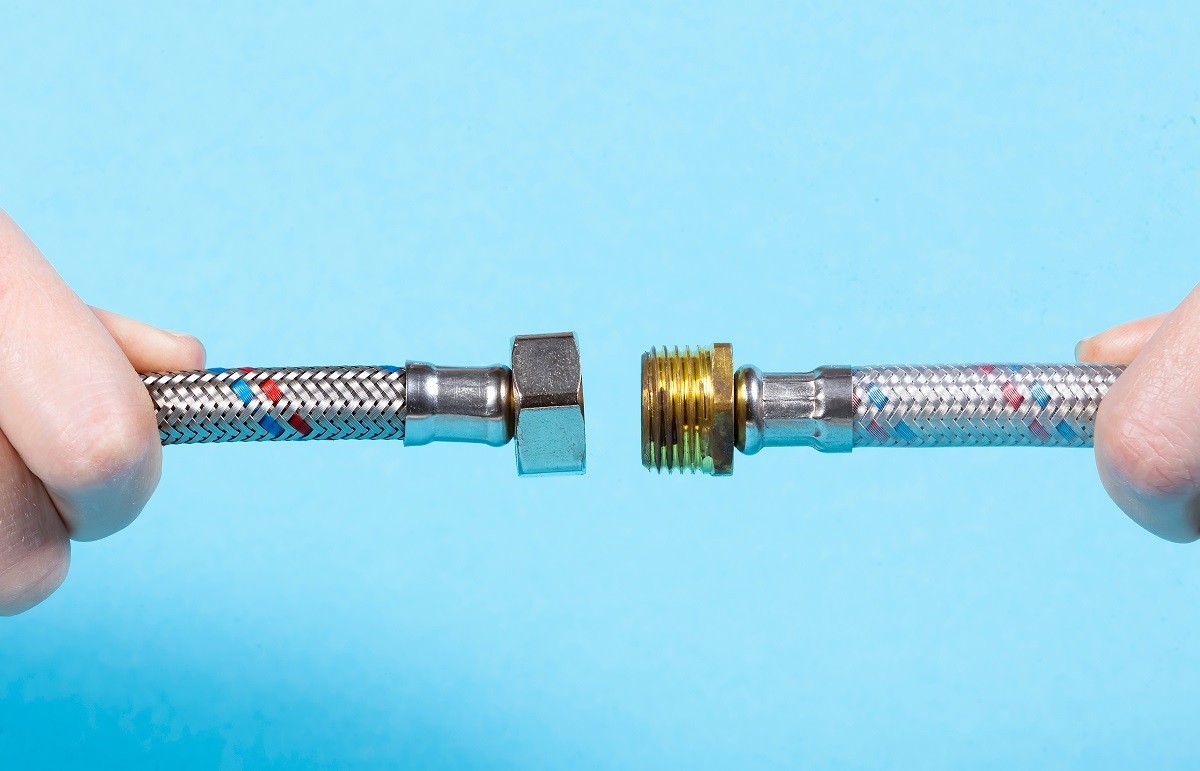
Homeownership can be difficult, but some quick additions can potentially save you thousands of dollars. One of these easy solutions is installing a braided metal
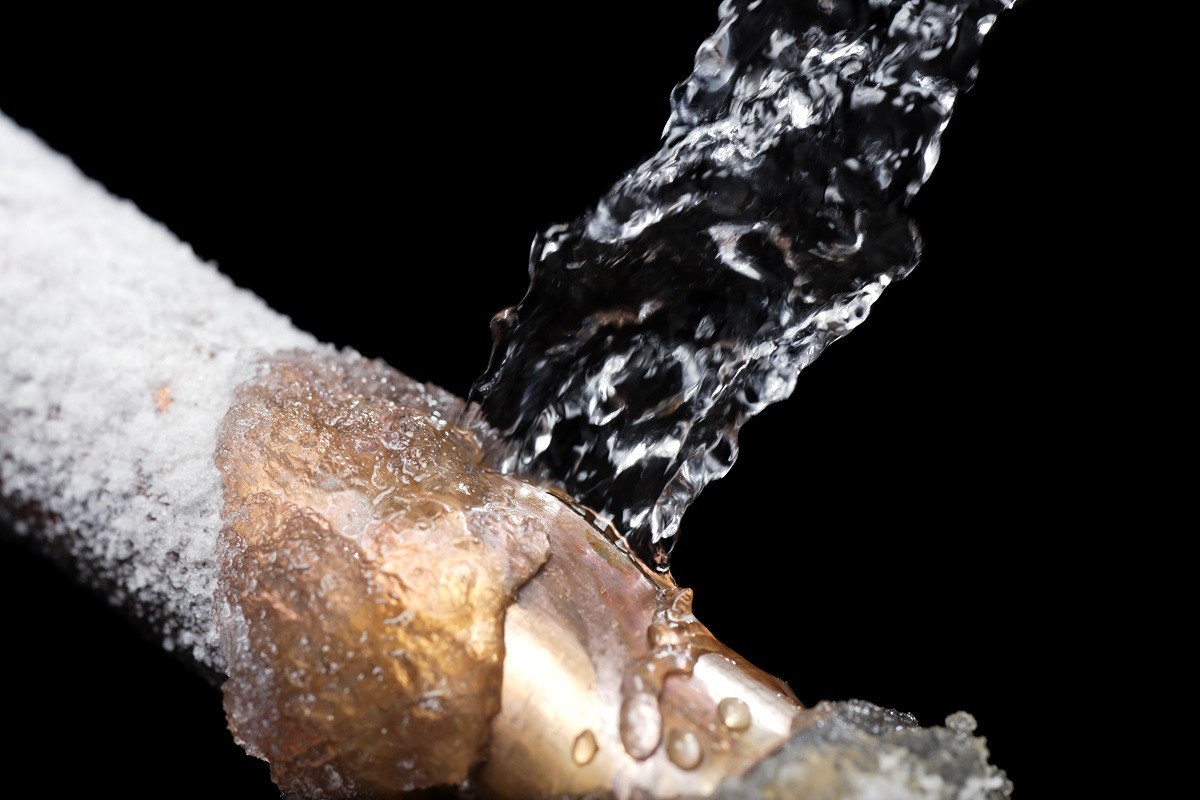
Baby, it’s cold outside, and unfortunately, your kitchen sink is along an outside wall. After a few days of below-freezing temperatures, the cold water is
Copyright 2025 vipHomeLink Holdings, Inc. – All Rights Reserved | Patents Pending